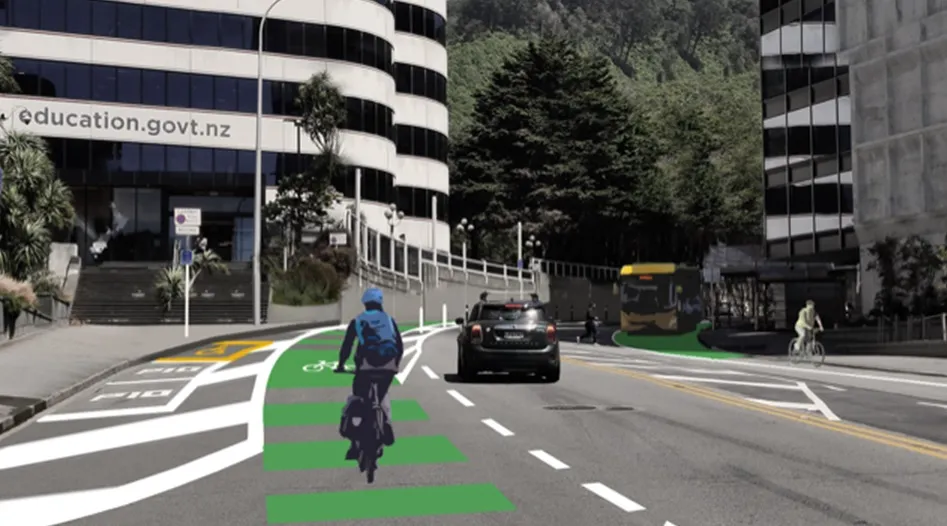Leeds City Council is expanding the reach of its CCTV enforcement network to a further six sites as a direct result of the improvements that the Videalert-based system has delivered over the last four years. The council will now be enforcing bus lane contraventions at thirty sites throughout the city and expects to achieve further reductions in the number of offences committed and continue to meet its strategy of faster journey times for public transport users.
The Videalert system was originally in
November 17, 2015
Read time: 2 mins
Leeds City Council is expanding the reach of its CCTV enforcement network to a further six sites as a direct result of the improvements that the 7513 Videalert-based system has delivered over the last four years. The council will now be enforcing bus lane contraventions at thirty sites throughout the city and expects to achieve further reductions in the number of offences committed and continue to meet its strategy of faster journey times for public transport users.
The Videalert system was originally installed in 2011 to monitor bus lane offences in five city centre sites where it is believed to have helped reduce contraventions by more than 90 per cent. Leeds City Council has subsequently extended the number of locations monitored and the system is now considered to be an integral component of the Council’s strategy to keep the city moving.
The system is based on Videalert’s digital video platform, a multipoint solution that uses standard off-the-shelf equipment and seamlessly integrates with existing analogue and ONVIF compliant digital megapixel cameras and infrastructure. This future-proofed solution combines ANPR technology with sophisticated video analytics to provide the most reliable enforcement of moving traffic offences such as bus lanes. It will also enable the council to run additional civil traffic management and enforcement applications simultaneously including, if needed, vehicle plate read data to Police ANPR databases (BOFII) and traffic management systems (UTMC).
According to Councillor Richard Lewis, executive board member for regeneration, transport and planning at Leeds City Council, “In order to ensure quick movement of public transport, we need to make sure other vehicles obey the rules of the road. The Videalert system has proved to be extremely flexible. It is a vital part of our strategy to speed traffic flows, improve timetable efficiency and reduce bus journey times to encourage more people to use public transport and make the city a better place to live and work.”
The system expansion is incorporated within a new five year maintenance contract recently awarded to Imperial Civil Enforcement Solutions, a leading provider of fully-integrated business processing and IT solutions to local authorities.
The Videalert system was originally installed in 2011 to monitor bus lane offences in five city centre sites where it is believed to have helped reduce contraventions by more than 90 per cent. Leeds City Council has subsequently extended the number of locations monitored and the system is now considered to be an integral component of the Council’s strategy to keep the city moving.
The system is based on Videalert’s digital video platform, a multipoint solution that uses standard off-the-shelf equipment and seamlessly integrates with existing analogue and ONVIF compliant digital megapixel cameras and infrastructure. This future-proofed solution combines ANPR technology with sophisticated video analytics to provide the most reliable enforcement of moving traffic offences such as bus lanes. It will also enable the council to run additional civil traffic management and enforcement applications simultaneously including, if needed, vehicle plate read data to Police ANPR databases (BOFII) and traffic management systems (UTMC).
According to Councillor Richard Lewis, executive board member for regeneration, transport and planning at Leeds City Council, “In order to ensure quick movement of public transport, we need to make sure other vehicles obey the rules of the road. The Videalert system has proved to be extremely flexible. It is a vital part of our strategy to speed traffic flows, improve timetable efficiency and reduce bus journey times to encourage more people to use public transport and make the city a better place to live and work.”
The system expansion is incorporated within a new five year maintenance contract recently awarded to Imperial Civil Enforcement Solutions, a leading provider of fully-integrated business processing and IT solutions to local authorities.










